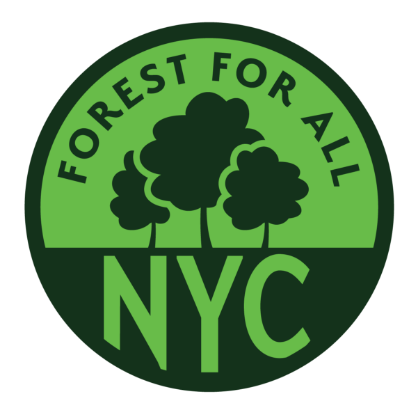BY City Council Member Erik Bottcher Crain’s New York
New York City had lacked a coordinated, long-term citywide plan (encompassing both public and private land) to care for its urban forest. With private lands accounting for an estimated 35% of NYC’s total 42,635 acres of trees, a better understanding and planning for this major share of the city’s urban forest was urgently needed.
Last fall, City Council, with immense support from Forest for All NYC, a diverse coalition of over 140 organizations dedicated to protecting, maintaining, and expanding the NYC urban forest to at least 30% canopy cover by 20235 equitably, unanimously passed legislation that mandates the city’s first Urban Forest Plan for trees on public and private property – catching up to other large cities who already have a comprehensive plan for their own urban forests. Local Law 148 of 2023 requires a long-term plan that would put the city on a path to equitably expand the tree canopy from the current 22% coverage to 30% coverage citywide. The law also requires the city to periodically evaluate the distribution, health, and stability of the city’s urban forest, identify the causes of gain or reduction to tree canopy and urban forest cover, and recommend strategies to remediate any urban forest loss.
Notably, the law also requires the city to conduct outreach to help residential and commercial property owners learn about how they can protect and expand their own trees and vegetation, as nearly 35% of the total urban forest canopy is on private property. Additionally, it creates a better way to track the state of tree canopy in the city by collecting more accurate satellite data every five years to monitor the progress towards expanding the tree canopy.
Trees add to the aesthetics of homes and businesses. They also help New Yorkers in so many ways. More trees means cleaner air, more rainwater absorption, more habitat for birds and insects, and more pleasant streetscapes for everyone to enjoy. They keep us cool and help mitigate the inequities of the urban heat island effect, which makes some neighborhoods more than 10 degrees warmer due to excess asphalt and a lack of vegetation. Unfortunately, the city’s urban forest is not equitably distributed, with many lower-income neighborhoods often lacking trees and other greenspace due to a history of redlining and disproportionate funding allocations.
That’s why this new plan is so important and it needs the attention and focus of City Hall to ensure it has the resources to meet its own requirements and intentions. With a July 2025 deadline to complete the plan, the time is now to dedicate the necessary resources to ensure a successful Urban Forest Plan is completed – in a meaningful and impactful way.
By getting this plan right, we can ensure that New York City does right by its tree canopy, providing crucial benefits that advance equity, health, quality of life, and resilience for all of its residents.
Good planning takes time and resources to be successful. City Hall and agency leadership must get to work to create an Urban Forest Plan that advances the goal of a 30% tree canopy by 2035, and does so equitably.
We stand ready and willing to work with city agencies to get it done.
City Council Member Erik Bottcher represents the city’s 3rd district. Tami Lin-Moges is the Interim New York Cities Director at The Nature Conservancy, the convenor and a leading member of Forest for All NYC.
Original article here.
